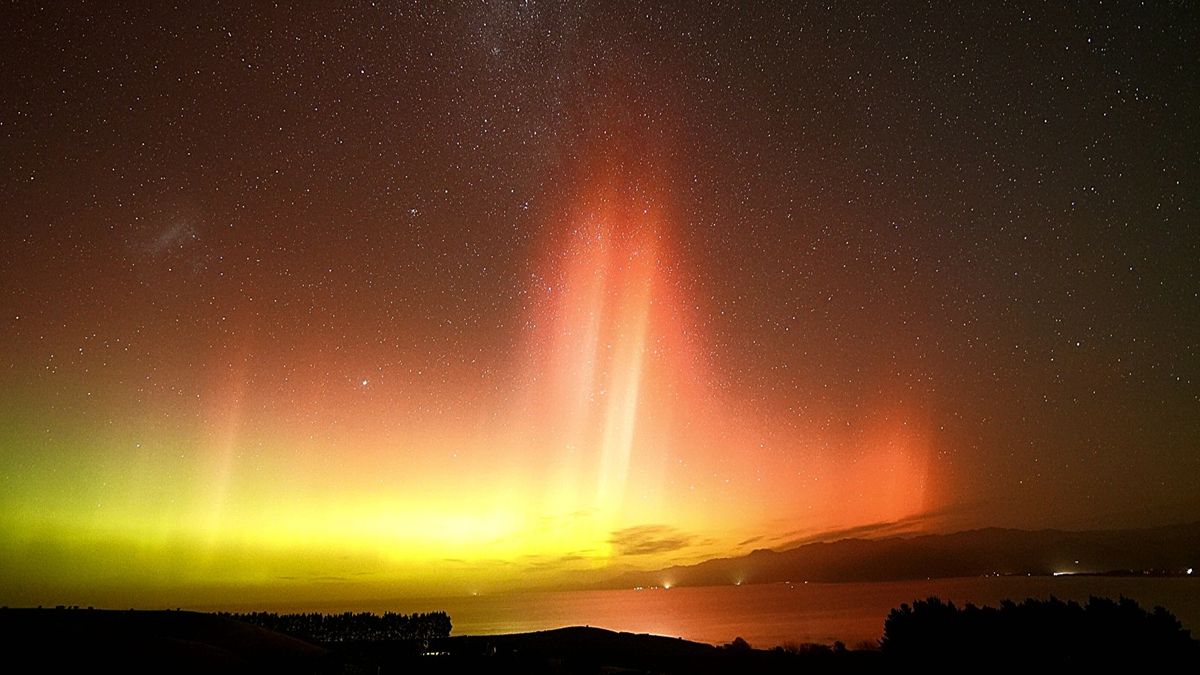Now Reading: Powerful Geomagnetic Storm May Illuminate Northern Lights Across US Tonight
-
01
Powerful Geomagnetic Storm May Illuminate Northern Lights Across US Tonight
Powerful Geomagnetic Storm May Illuminate Northern Lights Across US Tonight

Swift Summary
- A severe G4 geomagnetic storm is impacting Earth’s magnetic field, potentially creating more northern light displays in the near future.
- The storm originates from coronal mass ejections (CMEs) and high-speed solar wind; another smaller CME is expected to strike between June 2 and June 3.
- Current storm conditions may persist into early June 2 and taper off to G1-G2 levels by midday June 3, reducing aurora viewing opportunities but still extending chances to view colorful displays of northern lights.
- The CME released on June 1 traveled at approximately 1,938 km/s (4.3 million mph), suggesting a complex structure formed by multiple compressed CMEs.
- geomagnetic storms like these trigger auroras when electrically charged ions collide with Earth’s magnetosphere and interact with atmospheric gases.
!Northern lights over Wisconsin, U.S.
Image Credit: Ross Harried/NurPhoto via Getty Images
!Prediction model showing another CME arrival around June 2
Image Credit: NASA/M2M.
Indian Opinion Analysis
While geomagnetic storms spark lovely auroras primarily visible in high-latitude regions like the U.S., their disruptions extend beyond mere visual spectacle. For India, this global phenomenon provides an intriguing window into solar activity’s scientific meaning rather than direct observational benefits due to its low geomagnetic latitude. India’s evolving space programs and solar studies through missions such as Aditya-L1-a dedicated solar mission-could find valuable insights from tracking such events for understanding space weather impacts on satellite communications or other technological systems globally.
Moreover, increased awareness about CMEs reinforces the collaborative importance of international data sharing among scientific communities to prepare for possible widespread effects on critical infrastructure worldwide including navigation services or electricity grids. Even though this event doesn’t directly affect India’s skies tonight unless one views updates remotely via digital platforms-a neutral observation reminds us how phenomena universally can deepen expertise even indirectly.

























